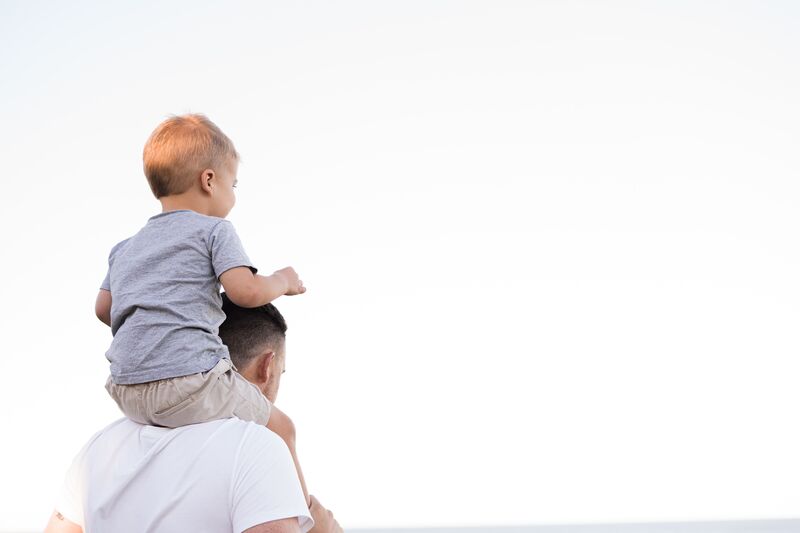
Before joining the team at the Rocky Mountain ADA Center, I had only a little knowledge and education around what exactly the Americans with Disabilities Act provided for people with disabilities. I grew up around people with disabilities and never saw them as any different. I was young and not quite school age when the ADA passed back in 1990. This was a similar age to what my son is now. The understanding of the ADA I have now is far superior to any education or knowledge I have received in the past. I am thankful for the ADA so I can be a better-informed parent and set an example for my kids. I am thankful for the ADA for creating a forum for disability awareness with my family.
According to the National Center for Education Statistics, in “2018–19, the number of students ages 3–21 who received special education services under the Individuals with Disabilities Education Act (IDEA) was 7.1 million, or 14 percent of all public-school students. Among students receiving special education services, 33 percent had specific learning disabilities.” Over the last ten years this number has increased by almost a million students. Students become eligible for the Individuals with Disabilities Education Act (IDEA) by having a disability that affects academic performance and is in need of special education or related services.
It may be a friend from school or a cousin that has a disability and a kid has a natural tendency to be curious about people with disabilities. They will ask more questions than we could ever imagine. These questions are important and with training and education about the ADA and how important it is, we gain valuable tools to navigate these questions. Questions come as kids try and navigate why some people look, talk, act or move a little bit differently than other kids their age. A few important points to let them know are some people are born with disabilities, people with disabilities are not sick, there is nothing wrong with people with disabilities, and a physical disability does not mean someone has a cognitive disability. By being curious, as all young people are, it is okay for their first instinct to be to ask about it when they see a person with a disability. When answering these questions, it is important to keep our explanations positive. Help them understand how hearing aids help others hear, and wheelchairs help others move around, rather than focusing on the fact that they cannot hear, or they cannot walk.
Deaf or hard of hearing can include everything from not being able to hear specific sounds to not being able to hear anything at all. We have a family member who is hard of hearing. This has provided us with the most educating interaction with our own children. In many situations it is important to explain that hard of hearing does not mean sounds are not loud enough. It usually means that sounds become garbled or unclear. A hearing aid can help make sounds louder, but it does not make speech clearer. A few activities for kids to gain a clearer picture about a person with a hearing disability include using a pair of foam ear plugs or using a white noise machine with a pair of headphones. Once they have the ear plugs or headphones on, read one of their favorite books. When reading, try reading quick, with a soft voice, a mumbling monotone, run words together, and create odd pauses in a sentence. When the book is finished ask them 5 age-appropriate questions about the content of the book. Finish with a discussion about how not being able to hear felt. This is a great way to answer and even create new questions for a child about disability awareness.
No matter what the disability awareness situation may be, it is important to be prepared and address our children’s curiosity about disabilities as open and honest as we can. Thank you, ADA, for opening my eyes to engaging in these amazing conversations.